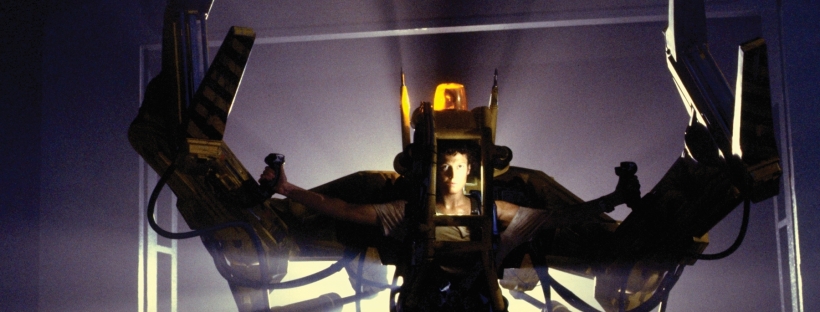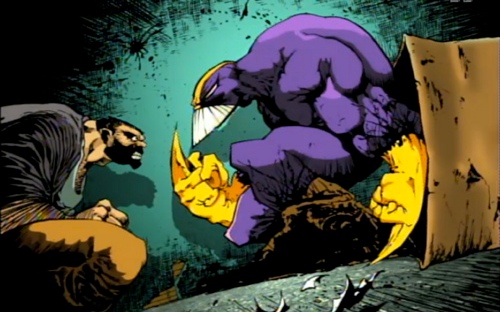by Stuart Frazer Aliens’ (Cameron, 1986, United States) titles begins differently, but echoes the aesthetic connotations of the original film, the blue light emerges dully on the screen, with several blue lines coming into focus as the letters spell out ‘ALIENS’ upon the screen, but the I again becomes sapphic, it’s imagery emphatic, extending further … Continue reading Sex & the Saga: Aliens
Tag: horror
Todd Haynes & his musicians.
Does Todd Haynes demystify the popular music artists he may otherwise mythologize? by Stuart Frazer Todd Haynes’ uses progressive fictional representation of musical artists for the basis of his films; From his unauthorised retelling of the life of Karen Carpenter with the use of Barbie dolls in Superstar: The Karen Carpenter Story (Todd Haynes. 1987. … Continue reading Todd Haynes & his musicians.
Sex & the Saga: Alien
A Sapphic blue “I” appears on the screen cutting through the space of the background.
Cronenberg II: Shivers – The Beginning
Shivers is one of Cronenberg’s first feature length horror films and from the start the director was dealing with very visceral and bloody body horror images as well as strong sexual violence
Cronenberg
David Cronenberg’s films often seem on the surface to be rather simplistic gore or horror films, for example The Fly in which Seth Brundle’s monstrous half-fly, half-human body
The Maxx
I'm going to have to admit that this was the first time I'd watched it having had only four TV channels as a child but I found myself watching a 90s cartoon that was referencing the animus, Camille Paglia and Susan Faludi and dealing with mental illness, trauma and Feminism in a really surprisingly nuanced way.
“What – are you really my father?”
Single fatherhood threatens the multifaceted and often contradictory framework against which Korean masculinity is measured.
Holy Overused Puns Batman!
Batman’s third and fourth cinematic outings are frequently side-lined, and in the case of Batman and Robin is considered, by many poll found online, as the worst film ever made.
The Other
The extent the Italian zombie and cannibal exploitation films use the zombie/cannibal as Other and other techniques to explore Italian political and social tensions of the time with particular focus on Cannibal Holocaust and Zombie Flesh Eaters.
Being and Seeing
Hannibal Lecter, as the major reoccurring character across both Silence of the Lambs and Red Dragon, links the two films and their two protagonists in a very specific way; he uses the very process of psychoanalysis to analyse them from within the films themselves as critics do so from outside.









